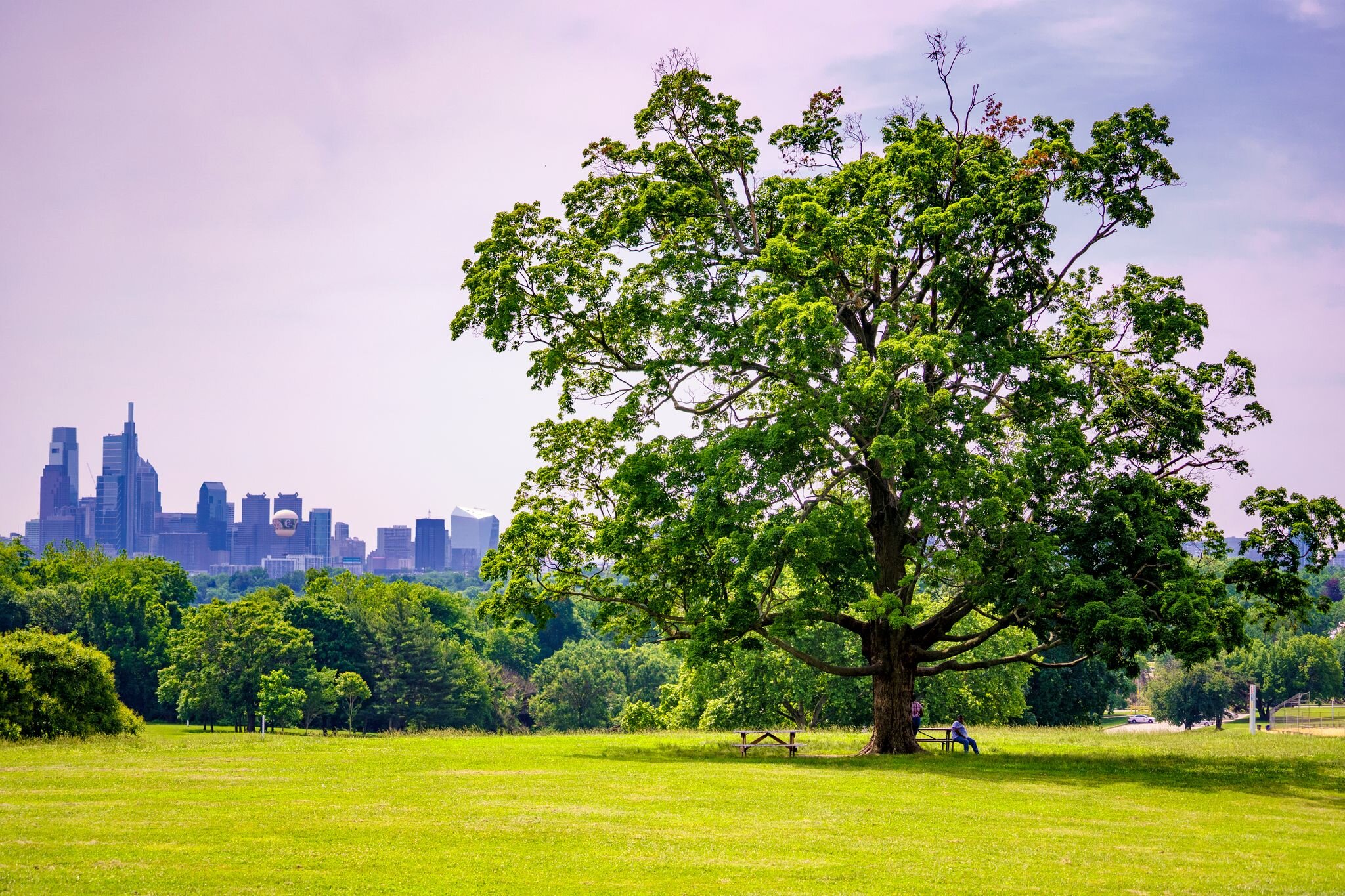WASHINGTON D.C. – On January 6, a mob of angry Americans marched on Washington and successfully stormed the United States Capitol Building. Two weeks following the insurrection, on the eve of Joe Biden’s inauguration, it was evident that a repeat to the violence and conflict at the Capitol was not possible.
Approaching the White House was a variety of mechanisms meant to dissuade miscreants of any variety from affecting the inaugural proceedings; Washington was militarized. The presence of more than 25,000 National Guard troops, police from a myriad of departments and the Secret Service loomed over any political action, fandom or spectatorship.
Metal fences and military protection surrounded the country’s ruling class, whether they were at The Mayflower Hotel or at the Capitol Building. To get within sight of nearly any national landmark on inauguration day, spectators and press went through airport-style security carried out by TSA agents and the Secret Service. White tents pitched served as security-vetting areas, barring items such as “backpacks, support for signs, and balloons.”
On each street within three blocks of the White House there were military vehicles preventing traffic. Much of the sidewalk in highly trafficked areas was obstructed by barricades forcing pedestrians into single file lines.
The inauguration was inaccessible to people outside of the secured area; not a single television or loudspeaker was erected for bystanders.
Who was at the inauguration?
Mostly military and media meandered around the Capitol. The only DC locals I encountered outside the secured area were unhoused and folks selling Biden-Harris merchandise.
Christian extremists from the Key of David Christian Center were the dominant voice of protest present on Inauguration Day, although their message had little to do with Biden. Armed with grotesque signs featuring slurs and aborted fetuses, the group shouted homophobic slurs and chastised Catholicism and Islam.
Outside the White House, blocks away from the Christian extremists, members of the White House Peace Vigil led bystanders in protest through song and signage. The White House Peace Vigil, started by William Thomas in 1981, played a variety of protest anthems, from “All You Fascist Bound to Lose” to “This is America,” in front of a diorama of antifascist art and flags.
Pockets of progressives, fans of Biden and members of the Yang Gang stood outside the Capitol Building and along Black Lives Matter Plaza with signs and flags touting their positions. The pro-Biden crowd was a reflection of the broader Biden coalition. There were no chants, there was no message, there was only a sense of duty to be there.
Attendance of the inauguration was greatly affected by the mob violence on January 6, the ongoing pandemic and reactionary military lockdown of the city. At 8 a.m. on Wednesday, the Marine One helicopter took Donald Trump from the White House for the final time, to the scattered cheers of hundreds of strangers.
After the inauguration was complete, the military and the extended security apparatus began dismantling roadblocks and checkpoints. The bustling wind toppled tents and traffic cones. Subway stops that were previously inaccessible, like Farragut North, became open to the public, and a new regime took power.

President Joe Biden’s first day in office consisted of the swearing in of his staff and the signing of a variety of executive orders. The executive orders mostly ended Trump-era policies such as the Trump travel ban (aka Muslim ban), border wall construction and the 1776 Commission. Other orders focus on reversing Trump actions on a global scale, such as rejoining the Paris Climate Agreement and the World Health Organization.
COVID-19 aid and financial relief was a cornerstone of Biden’s first day of executive orders. Biden’s team established a national mask mandate for federal buildings and federal lands. To slow down the looming housing crisis, Biden enacted an eviction and foreclosure moratorium until at least March 31, as well as a pause on student loans until September 30.
The Joe Biden presidency is already draped in calls for unity and a return to normalcy, but only time will tell if any of that is achievable in the current political climate.









